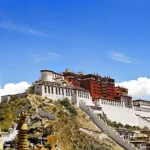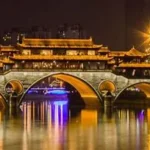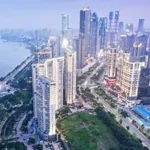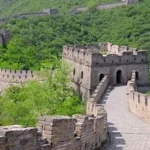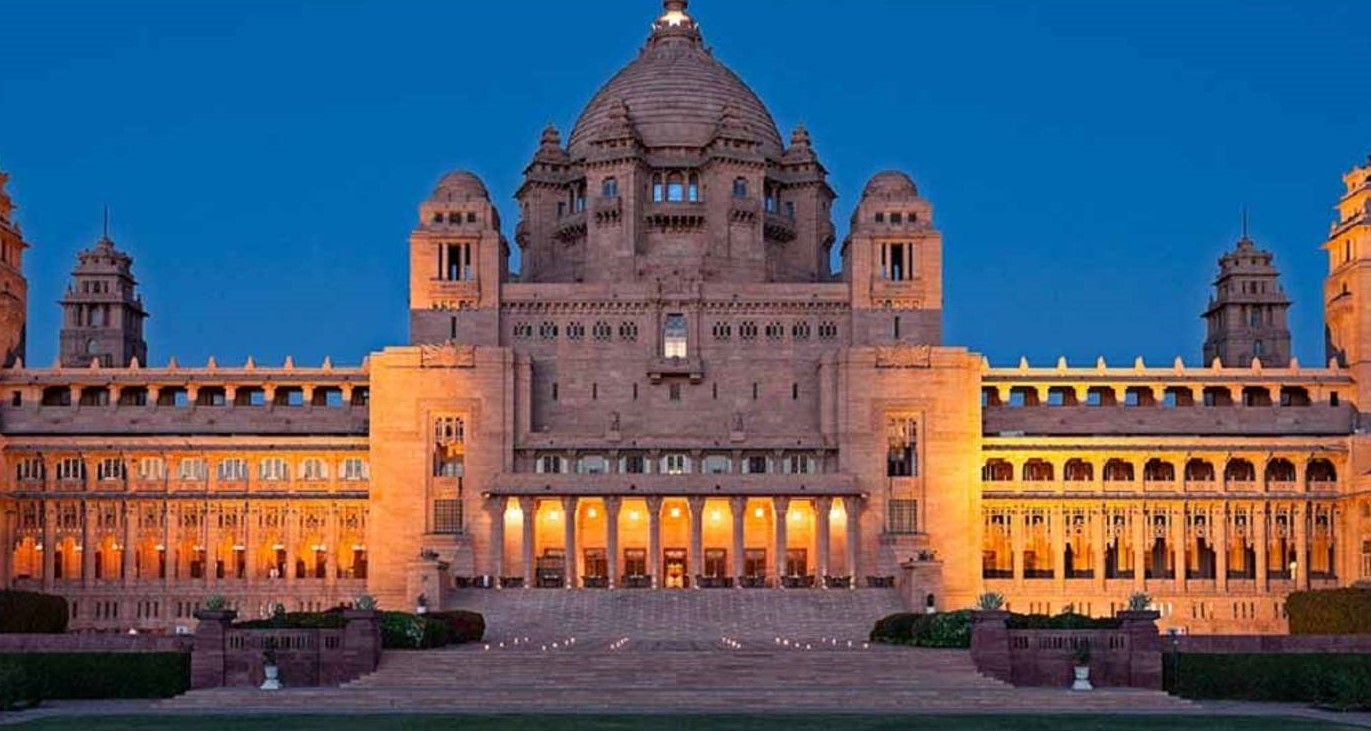
Jodhpur City (Rajasthan)
Jodhpur, the second largest city in Rajasthan is often called as the blue city. The name fits clearly as many of the structures – walls, towers, temples, havelis and even houses are built in bright shades of blue. The great colonial walls of this beautiful city make for an unforgettable experience.
The impressive Mehrangarh fort has a landscape that rises to the top of a rocky hill with eight gates emanating from the fort. The new city is outside the structure. Jodhpur is also known for a rare breed of horse known as Marwari or Malani which is only found here.
History of Jodhpur
The history of Jodhpur revolves around the Rathore clan. Rao Jodha, the head of the Rathore clan, hails from Jodhpur in India. He founded Jodhpur in 1459. This city only bears his name. It was earlier known as Marwar. These paragraphs will tell you a lot about the past of Jodhpur, Rajasthan. The Rathores were driven out of their former homeland, Kaunaj, by the Afghans. They fled to Pali, which is near modern Jodhpur.
Rathore Siahaji is married to the brother of the chief. This helped the Rathores to establish and strengthen themselves in this region. At some point, they expelled the Pratiharas from Mandore, just 9 km from modern Jodhpur. Initially Mandore served as the capital, but in 1459 the Rathores felt the need for a secure capital. This led to the founding of Jodhpur, the City of the Sun, by Rao Jodha.
The Rathores had good relations with all the Mughals except Aurangzeb. Maharaja Jaswant Singh supported Shahjahan in his fight. After Aurangzeb’s death, Maharaja Ajit Singh expelled the Mughals from Ajmer and placed them in Marwar (now Jodhpur). Under the rule of Maharaja Umed Singh, Jodhpur grew into a beautiful modern city.
During the British Raj, the state of Jodhpur was the largest in Rajputana, by land area. Jodhpur prospered under the British Raj. His clients, the Marwaris, prospered without stopping. They came to occupy a dominant position in the market all over India. In 1947, India gained independence and the state joined the Union of India. Jodhpur has become the second city of Rajasthan.
Activities To Do In Jodhpur City
Explore Mehrangarh Fort
The impressive Mehrangarh Fort, which rises above the “Blue City”, is one of the most popular and famous forts. As impressive as it is, as a well-preserved heritage structure, there is much to discover inside. The palace has been privately restored and its museum houses a unique display of royal memorabilia, including about 15,000 pieces from the collection of Maharaja Gaj Singh II. It also has the only professional art gallery in India.
Another highlight is the cultural events that take place every day in different places in the fort, as part of a special tribute to folk art and music. Plan your visit to Mehrangarh Fort with this comprehensive guide.
Rest in Jaswant Thada
In honor of Maharaja Jaswant Singh II, this complex cenotaph (empty memorial tomb) was built in 1899. It features a latticework screen of white marble and a beautiful dome, where the portraits of the rulers are used. Rathore decorated the interior. It is a quiet place to relax and enjoy a beautiful view of the walls and the city. Many tired tourists spread out on the grass to recover after their visit.
Renewal project
An urban renewal project is underway to return the old city to its former glory, but it has a weird, hip twist. Hence, Jodhpur has a recently restored but ancient stepwell, near the top of the clock tower. Built in the 1740s and named Toorji after Jhalra, it sat idle for years until the owners of the new RAAS boutique hotel cleaned the lake and took it down the steps. The area has been transformed into a modern plaza with stylish cafes and shops, including the Good Earth home decor store and a section of the Gem Palace in Jaipur.
The secret entrance at RAAS Hotel will take you directly to Step Well Square. Step Well Cafe has the same ownership as RAAS and has the best view of stepwell. It serves continental and Indian food, as well as wine. However, its menu is very limited.
Visit the area around Gulab Sagar
About a 10-minute walk north of Toorji to the Jhalra stepwell is Gulab Sagar. The 18th century pond has played an important role in the traditional water management system of Jodhpur. Not only does it provide a great photo spot with the Mehrangarh Fort in the background, but there are also many interesting wells and temples hidden in the surrounding streets.
They include the Mahila Bagh Ka Jhalra well and the Kunjabihari temple dedicated to Lord Krishna.
Walk around the rocky Rao Jodha water park
Rao Jodha’s Desert Rock Park was created in 2006 to restore the natural beauty of the large desert area around the Fort. Abandoned for years, the garden has been overrun by destructive thorn trees. After the forest was cleared, more than 80 species of stone trees from the Thar Desert were planted there. The park covers 70 hectares (about 200 acres) of reclaimed land and has walking trails. It is interesting to explore it at different times of the year, as its foliage changes with time.
The truth about Jodhpur
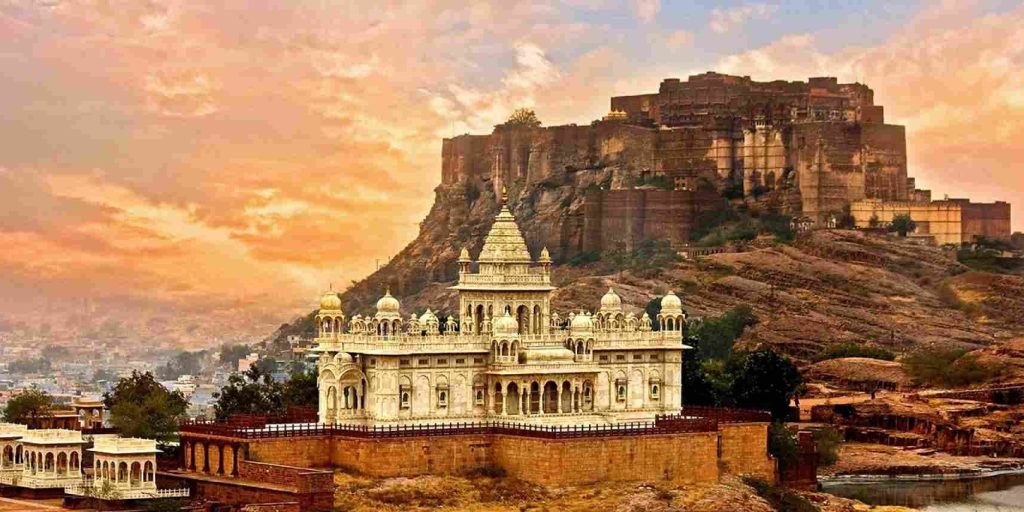
Attraction
Major attractions in the city include Jaswant Thada, Ghanta Ghar, Mehrangarh Fort, Umaid Bhawan Palace and many beautiful lakes and temples. Marwar festival and Nagaur festival are the two most popular festivals in Jodhpur. They show the zealous spirit of the natives and the union of the Rajputanas and the Mughals. One of the best sights you will see while visiting Jodhpur is the rich collection of antiques, textiles and paintings that reflect the culture of the city.
Mythology
It is said that the beast called Cheeria Nathji, the lord of birds, cursed this land with extreme heat and thirst. This is why some villagers still believe that they face drought every three or four years, even after heavy rains. It is believed that Jodha buried a man named Raja Ram Meghwal in the foundation to ensure that the site remains healthy and remove the curse.



